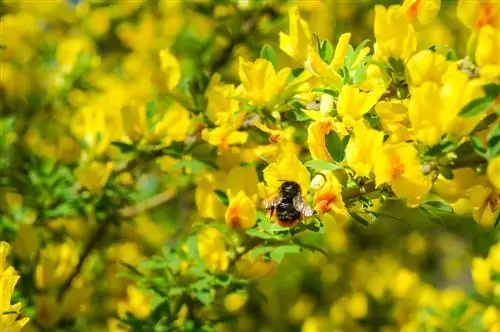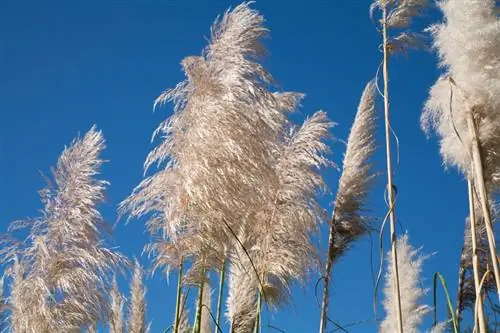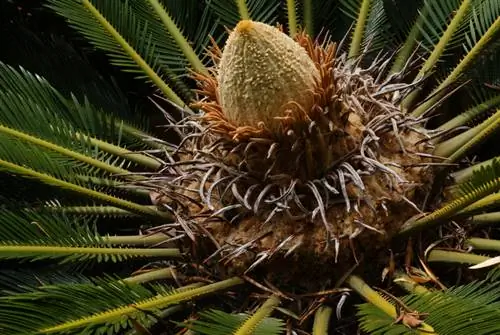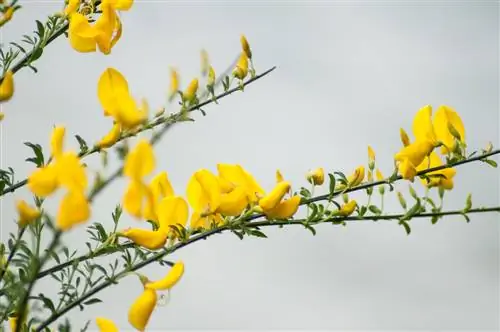- Author admin [email protected].
- Public 2023-12-16 16:46.
- Last modified 2025-01-23 11:22.
Bright yellow, red, orange or white flowers - the types of broom that bloom from April to July delight with their splendor of color and are particularly suitable for use in the rock garden. But is the popular tree also bee-friendly?

Is broom bee-friendly?
Broom is a bee-friendly plant that provides pollen for bees, bumblebees and other insects. Particularly suitable species are dyer's broom, cushion broom, noble broom and rock broom, which bloom from April to July.
Does broom attract bees and other insects?
Whether dyer's broom or rock gorse, broom broom and whatever other species there are: All species are valuable food plants for bees, bumblebees, butterflies and other insects. The fat bumblebees in particular romp around on the colorful flowers, because the gorse mainly contains pollen. Nectar, on the other hand, is less available, but beekeeping associations still recommend the plant as a nectar plant for honey bees.
Therefore, the attractive gorse should definitely be planted in the insect-friendly garden, especially since the plant is quite undemanding and grows very well even on nutrient-poor soil. Some species such as cushion broom (Cytisus decumbens) can also be used as soil improvers.
Which types of broom are particularly suitable for bees?
Basically, all types of broom are suitable as a nutrient plant for bees, bumblebees and other insects. However, different varieties differ in their flowering times as well as in their location and care requirements. Particularly popular and easy-care species are:
- Broom (Genista tinctoria): loosely growing small shrub with golden yellow flowers for sunny to slightly shady locations and poor but fresh soils
- Pillow broom (Cytisus decumbens): only grows to a height of approx. 20 centimeters. very rich flowering, for sunny locations
- Noble gorse (Cytisus scoparius): growth height up to 200 centimeters, many varieties available in different flower colors, for sunny locations with sandy soils
- Stone broom (Genista lydia): low dwarf shrub with bright golden yellow flowers, suitable for warm, sunny locations
When does the bee-friendly broom bloom?
The different types of broom bloom at different times, which is beneficial for bees etc.: This means that the insects can find food in the garden for a longer period of time. In general, it makes sense to plan the garden plants according to the flowering period, so that insects always find a richly set table from spring to autumn.
The flowering times are:
- Borse: June to August
- Pillow broom: May
- Noble gorse: May to June
- Stony broom: mid-May to June
Other types of broom such as sand broom (Genista pilosa) also bloom from May to June. The ivory broom (Cytisus praecox), on the other hand, is an extremely early bloomer that shows its flowers as early as April.
Tip
Cultivating broom in the pot
If you want to cultivate gorse in a pot, the varieties of noble broom and, for balcony boxes, the overhanging rock broom are particularly recommended.






